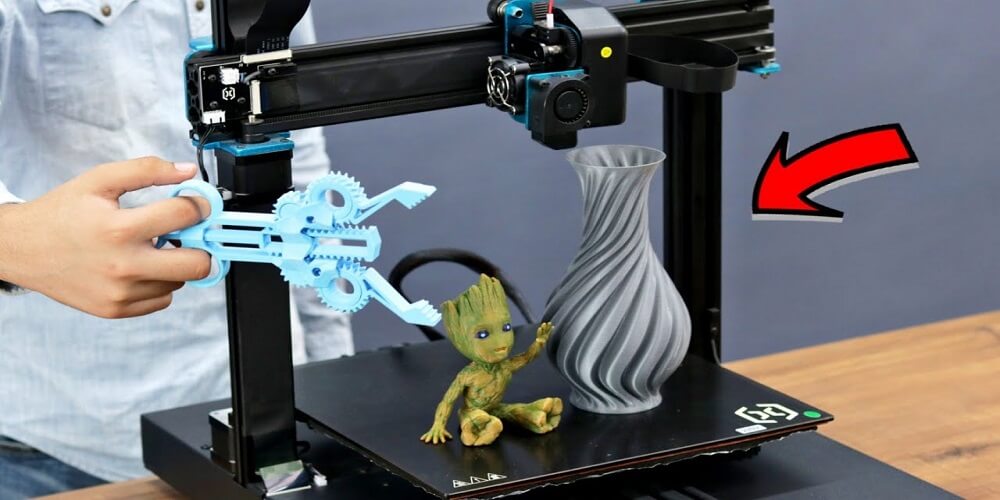It is a surprise for many who are only now hearing about of 3D printing technology. What may be even more surprising to this group of people is that designers and engineers have been active in using 3D printing technology for at least thirty years already. Though expensive, imprimante 3d have been used to make prototypes of parts for aerospace. 3D printers have also been in use for making prototypes of parts for automotive and defense companies.
As the years went by, the technology progressed to maturity. Digital software has evolved. And it has become more available and affordable even to self-starting entrepreneurs as the desktop printers are now within their reach. Scanners have also become universal since everyone buys one for their personal use or for schools. Technologists think that 3D printing will free us from the superiority of mass production.
3D Printers Ready to Expand?
3D printing has progressed in customization and revolutionary designs. Everyone who uses prototype now prefers to go to 3D printing for the prototyping process. Since 3D printing is now an addition to them in the manufacturing process, it has proven to be effective in numerous applications in medical and aerospace. However, there have been a few limitations that may be deterring 3D printing from becoming the next revolution of manufacturing.
One challenge that 3D printing faces are how difficult it is to set up a supply chain that will support a shift to production in 3D. It easily gets pushed to prototyping after being debunked. It is also noteworthy that manufacturers are in a better position to apply 3D printing to new products rather than existing products.
Generative Designs
Generative design offers options in design produced by software to make use of the capability of 3D printing. Generative design has gained a lot of attention because it can reduce weight without losing the quality of the material. With all the attention it has gotten, the medical and aerospace experts are yet to look in the direction of generative design.
Materials and 3D Printers
Companies keep coming up with materials for innovation. Some people think that the world will see an explosion of materials that are not popular or even thought of before now. Even though 3D printing may command attention, there is a surge in non-metal materials that exceed the quality of metals. Many materials are coming into the limelight with improved properties.
With the promise of material improvement coming down the pike, there is an urgent need for improvement in the 3D printing process itself.
Strong Lightweight Structures
In Switzerland, 3D printing has helped in the development of some materials that are believed to be the stiffest lightweight materials. This has opened big gates to new uses in automobiles, medicine, and construction.
A breakthrough in the world of 3D printing and additive manufacturing will definitely come. It will come when they have entered the stage of mass production. Modern methods of fabrication need to step up to the level of scientists. Only then will they gain the pyramid of practical application they wish to achieve.

